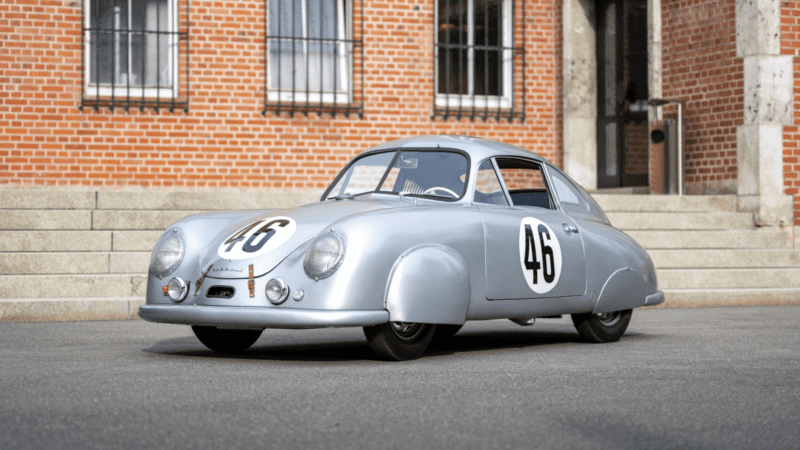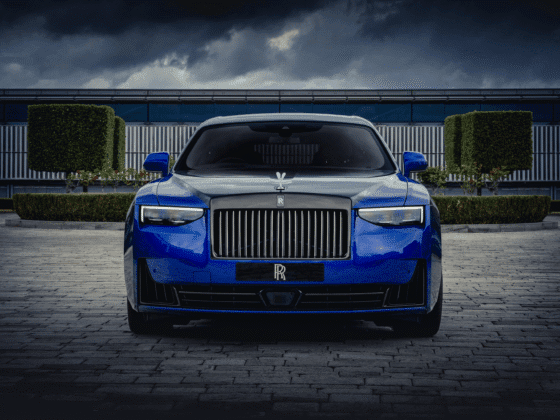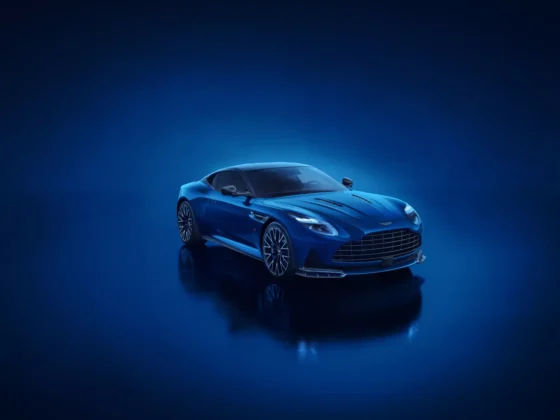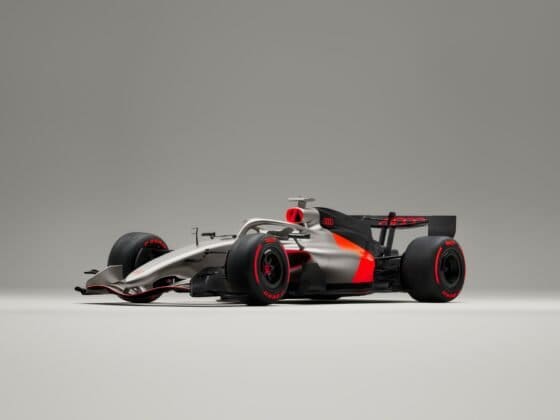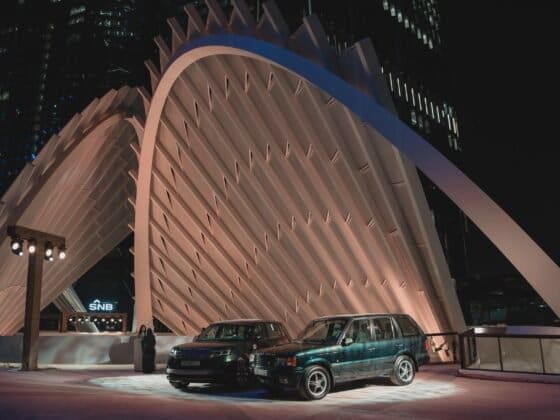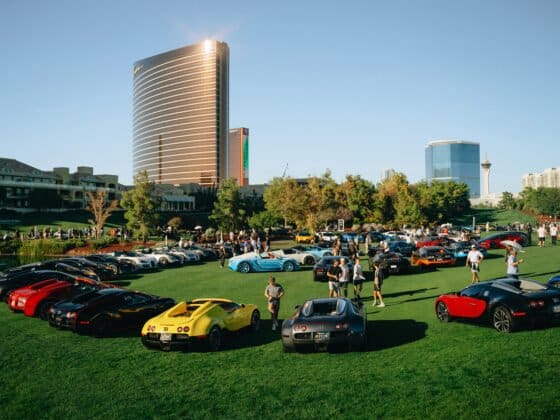“It started in 1993 at what back then was called the Monterey Historic races,” says Cameron Healy. “This little red roadster stopped me in my tracks. I’d never seen a Gmünd car before, let alone a roadster, and I didn’t know its background.”
The “little red roadster” that the 72-year-old American had spotted was a Porsche 356 SL. A car that was presumed lost without trace for several decades. This particular 365 is not just the first-ever Porsche to race at the 24 Hours of Le Mans, it also brought the German marque its maiden motorsports glory.
There had been rumours in collectors’ circles that this aluminium-bodied car may have been one of the three examples Porsche entered into the 1951 staging of the 24 Hours of Le Mans, but any obvious physical evidence to support such a suggestion was long gone. In 1952, Californian Porsche importer John von Neumann had cut the roof off the car to save weight. It had also been repaired and repainted, all but eradicating any traces of its origins.

Chuck Forge, the long-term owner of the car, was also oblivious to the car’s potential heritage. He continued to display and drive the car right up until his passing in 2009, at which point Healy was able to acquire the unusual-looking 356 from Forge’s estate.
After acquiring the 356, Healy embarked upon an extensive restoration. He recruited renowned 356 expert and close friend Rod Emory to complete the work. The pair undertook a forensic examination of the bodyshell which, combined with five years of painstaking research, managed to prove beyond doubt that Healy’s car was indeed chassis 356/2-063, class winner on debut at Le Mans in 1951.
The story of the 356 dates back to 1948, and Gmünd in Southern Austria, where Ferry Porsche and his sister Louise had recently co-founded Porsche Konstruktionen GesmbH. The 356 became the first car to be sold under the Porsche brand after it received sufficient orders from German dealers.

Like the Volkswagen Beetle, designed by Ferdinand Porsche, the 356 is a four-cylinder, air-cooled, rear-engine, rear-wheel-drive car. Also, the unitized pan and body construction concept and certain mechanical components including the engine case and some suspension components were borrowed from Volkswagen. The chassis, however, was completely new, while the body was designed by Porsche employee Erwin Komenda.
In the winter of 1949, it was decided to move the production of the 356 to Stuttgart, where it would be produced by Dr. Ing. h. c. F. Porsche GmbH – the company founded by Ferdinand Porsche. While the 356s produced in Gmünd had aluminium bodies, the Stuttgart 356s would have steel bodies. Therefore the unfinished aluminium bodies at Gmünd were completed by wage workers at Tatra in 1950 and later delivered to Stuttgart. These bodies included the 356/2-063.
When Ferdinand Porsche decided to enter the 1951 24 Hours of Le Mans, the obvious choice was to use three of the aluminium-bodied 356s because of their lighter weight. This was a major undertaking for the still-young company, and preparations did not get off to an auspicious start. Three accidents during test drives, training runs and track inspections left just one car remaining fit to race: chassis number 063.

Auguste Veuillet and Edmond Mouche started the race in it on 23 June 1951. The race was overshadowed by heavy rain and serious accidents. But the 46 hp car with race number 46 ran like clockwork, setting its best lap time of 5:44.7 minutes on lap 158, which corresponds to an average of almost 141 kmph. As they passed the chequered flag, Veuillet/Mouche achieved victory in their class and finished 20th overall.
Two months later, 063 took part in the Liège-Rome-Liège race, where it ranked 10 overall. Just over a month later, the 063 set three international records during driving trials in Montlhéry. Despite its success, the 063 became one of three 356 SLs that were exported to the US at the behest of Max Hoffman after being comprehensively repaired, repainted, and restored to series condition. One car is now in Mexico (054), one in the Collier Collection (055), and one now belongs to Cameron Healey.
“I couldn’t believe it at first, but all the evidence suggests it’s a 063,” says Healey. He points to scratched markings on the panels, traces of the turn signals having been moved, and a little damage on a wheel cover, which can also be seen in historic Le Mans photos.

Hofman had initially sold the car to Jack Rutherford, but he returned it. The next owner was Johnny von Neumann. He drove in races and wanted to save some weight. So, in 1952, He asked coach builder Emil Diedt to remove the roof. The car was then transferred to different owners before it reached Chuck Forge in 1957.
As with all previous owners, he also raced the car. At one point the 063 even had circular tail lights. The car was restored in 1981, but it was a restoration in the style of the time. Nobody asked where or why, but simply gave the car a visually chic overhaul. On the other hand, there is nothing to complain about because all the work was done well.
Forge had a small rollover bar installed in order to participate in historic races. The car was in this state when Healey first came across it. He kept in touch with Forge over the years. When he died in 2009, Cameron was able to acquire the 063. It was then that Rod Emory noticed the inconsistencies.

Cameron dived into the archive in Zuffenhausen, where important documents soon came to light. When it was clear that this was likely to be the Le Mans class winner, Rod measured the other two 356 SLs with a laser, created wooden moulds and hammered out a new roof using tools from the 1940s.
Following the completion of the car’s restoration to its original 1951 ‘SL’ race specification, Healy and Emory wanted to return the 063 356 to Le Mans. The car was first shipped to Stuttgart, where it spent three weeks on display in the Porsche Museum. While there, Healy began researching the precise route taken by the works cars when they were driven from Stuttgart to Le Mans.
When Healy arrived at Le Mans he drove straight to the tiny village of Teloché and the famous garage on ‘Rue du 8 Mai’ that Porsche used at its headquarters for two decades. From here, the car was taken to the Museum of the 24 Hours to take its place among a special exhibition of 80 overall and class winners from across 100 years of the world’s toughest motor race.

Chassis 356/2-063 was on display at the Museum of the 24 Hours in the run-up to the race weekend and drove parade laps prior to the main race with Healy at the wheel. The car also took part in a special event at the Le Mans Classic in late June, before appearing at the Festival of Speed in the UK in July.
“It felt very meaningful to arrive at Le Mans,” says Healy. “That class win in 1951 really helped put Porsche on the world motorsports map, and brought the company a lot of recognition early on. This car helps tell the story of Porsche from its earliest beginnings and this trip is really the apex of a very long journey.”

